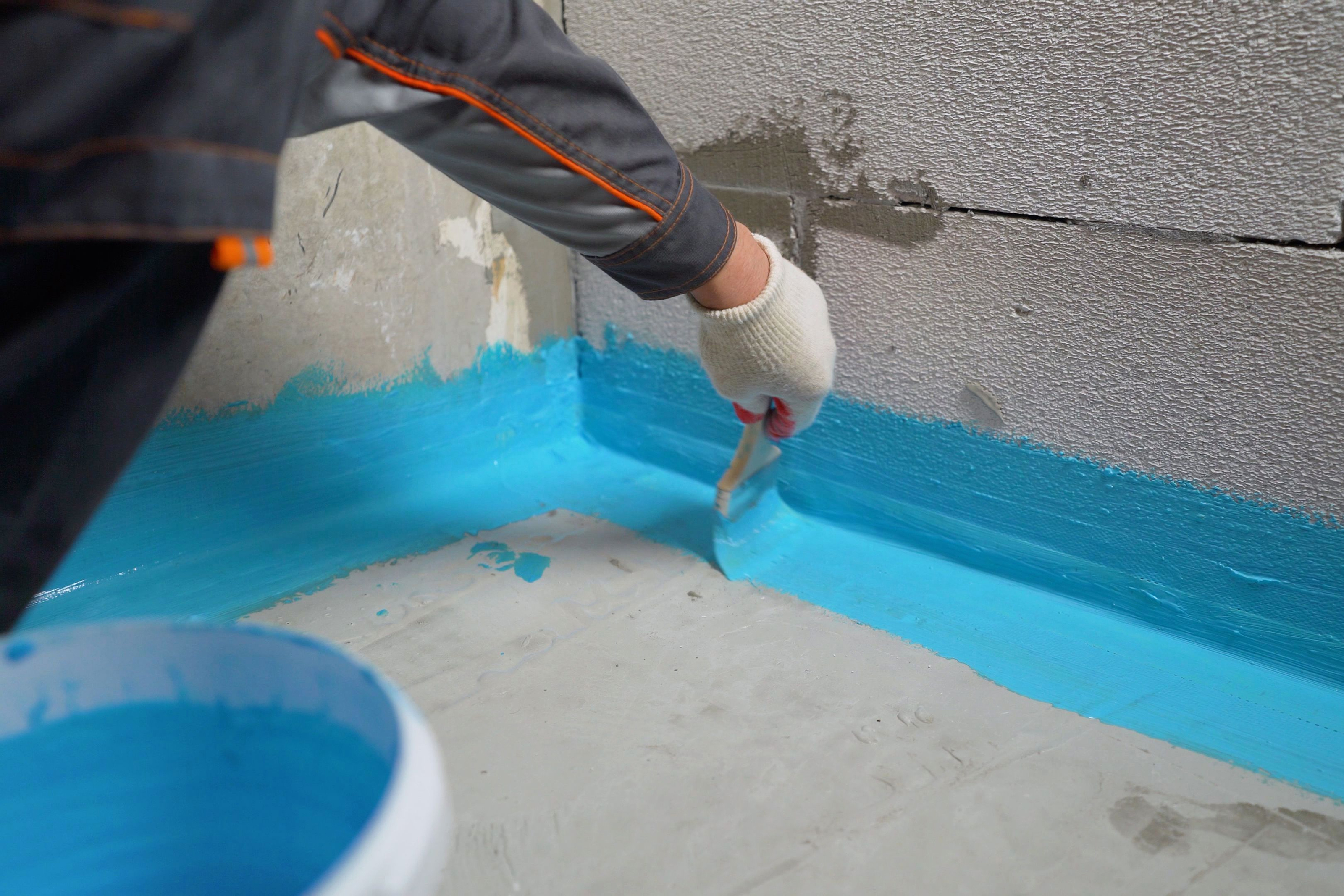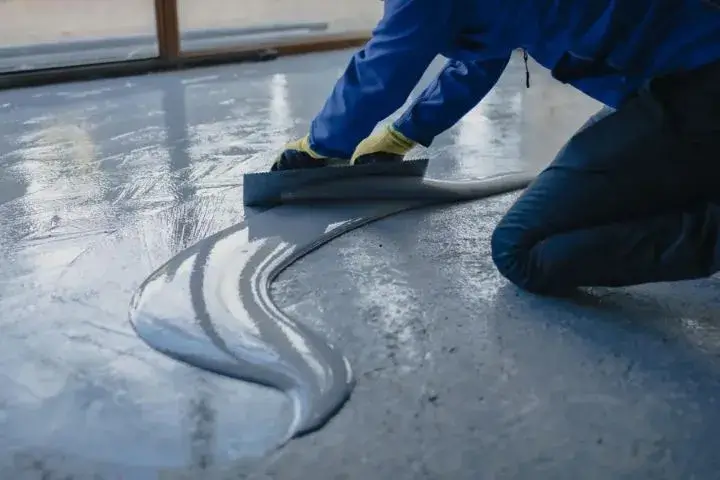Types of Waterproofing: Checking Out the Numerous Methods and Their Applications
Waterproofing is an essential facet of building and upkeep. It protects frameworks from the detrimental results of water damages. There are a number of approaches readily available, each with its special applications and benefits. From membrane systems to cementitious options, understanding these alternatives is necessary for efficient implementation. The choice of waterproofing approach can significantly influence sturdiness and durability. Exploring these different techniques exposes their distinctive advantages and prospective obstacles, prompting additional factor to consider of optimal remedies.
Membrane Waterproofing Equipments
Membrane waterproofing systems serve as a critical barrier versus water invasion in various structures. These systems normally include slim sheets made from materials like rubber, polycarbonate, or asphalt, which are related to surfaces to avoid moisture penetration. They can be set up over or listed below quality and are especially effective in areas prone to high water exposure, such as basements, roofings, and foundations.The installation process includes cleansing the substratum, using adhesives or guides, and precisely fitting the membrane to ensure total protection. Membrane layer systems can be either totally adhered, mechanically attached, or laid loose, depending on the particular requirements of the project. They use resilience and versatility, accommodating structural movements without compromising their waterproofing abilities. In addition, these systems can be enhanced with added layers for boosted security. Ultimately, membrane layer waterproofing systems are necessary for guarding frameworks against water damages and preserving long-lasting integrity.
Liquid-Applied Waterproofing Coatings
Liquid-applied waterproofing finishings give a flexible service for safeguarding surfaces from water seepage - Sump pump discharge drainage Omaha. These coatings contain liquid materials that, when used, form a seamless, versatile membrane. Their flexibility enables for application on various substratums, consisting of concrete, steel, and wood. The layers can be utilized in diverse atmospheres, from property to industrial setups, making them appropriate for roofs, structures, and below-grade structures.One significant benefit of liquid-applied layers is their capability to adapt irregular forms and permeate cracks, developing a robust obstacle against wetness. They often display superb adhesion buildings and resistance to UV radiation, making sure longevity and longevity. Additionally, the application process is commonly straightforward, permitting quick installation and reduced labor expenses. This approach also reduces the threat of water pooling, as the continual layer effectively guides water far from vulnerable areas. On the whole, liquid-applied waterproofing finishings are a reliable selection for thorough water defense
Cementitious Waterproofing Solutions

Cementitious waterproofing remedies use a robust option for frameworks needing reputable moisture defense. These systems primarily make use of a blend of concrete, sand, and chemical additives to create a water-proof barrier. They are frequently put on surface areas such as concrete walls, structures, and floors, providing a sturdy, lasting defense against water intrusion.One of the vital benefits of cementitious waterproofing is its ease of application; it can be used using a brush, roller, or spray, making it appropriate for numerous task sizes. In addition, this super thoroseal waterproof coating technique works with numerous surface areas and can often be utilized in conjunction with other waterproofing techniques.Cementitious options are especially reliable in atmospheres where water direct exposure is a concern, such as basements or below-grade frameworks. Their superb adhesion residential or commercial properties assure that they bond well with substrates, providing a solid and impermeable layer against wetness infiltration.
Bentonite Waterproofing
Bentonite waterproofing is a highly effective approach that uses salt bentonite clay to develop an all-natural barrier against water. This strategy exploits the distinct buildings of bentonite, which expands upon contact with water, sealing any type of potential leaks and stopping dampness seepage. It is generally used in various applications, including foundation walls, passages, and maintaining wall surfaces, where water resistance is essential.Bentonite can be applied in several types, such as panels or blankets, offering adaptability in setup. Its capability to self-seal makes it an attractive option for areas subject to shifting soil or fluctuating water levels. In addition, bentonite waterproofing is ecologically friendly, as it is a natural material that does not introduce unsafe chemicals into the environments.
Water Drainage and Exterior Waterproofing Solutions
Efficient waterproofing usually entails a mix of methods, including drainage and exterior systems. Drainage systems, such as French drains and sump pumps, are developed to redirect water far from structures, decreasing hydrostatic pressure against foundations. These systems are essential in preventing water buildup that can bring about structural damage and mold and mildew growth.External waterproofing, on the other hand, involves using protective obstacles to the structure's exterior. Strategies such as the setup of waterproof membrane layers, finishes, or sealants can aid protect against water seepage. This method not just safeguards the foundation but additionally improves the overall durability of the structure.Together, drainage and outside waterproofing systems develop an extensive solution to handle water effectively. By applying these techniques, homeowner can safeguard their financial investments versus the destructive results of wetness, guaranteeing lasting stability and safety and security for their buildings.
Regularly Asked Concerns
Just how Do I Choose the Right Waterproofing Method for My Job?
Picking the right waterproofing method depends on elements such as job kind, ecological problems, spending plan, and desired long life. Reviewing these elements permits informed decisions tailored to specific needs and needs.

Can Waterproofing Be Applied in Winter Conditions?
Waterproofing can be applied in winter problems, but it needs specific materials find out and techniques. Cold temperature levels might affect treating times and attachment, necessitating cautious selection of products created for low-temperature application.
What Are the Common Indications of Waterproofing Failing?
Usual signs of waterproofing failure include noticeable water discolorations, peeling paint, damp odors, mold and mildew growth, and fractures in wall surfaces or structures. Water Solutions Omaha. These signs suggest that wetness is penetrating the barrier, jeopardizing its effectiveness
Just How Long Does Waterproofing Last Before Needing Maintenance?
The durability of waterproofing differs, typically lasting in between 5 to ten years. Factors such as material high quality, environmental conditions, and maintenance methods influence its toughness, crystallization waterproofing demanding routine inspections to guarantee efficient defense versus water invasion.
Are There Eco-Friendly Waterproofing Options Available?
The concern of environment-friendly waterproofing alternatives exposes an expanding interest in lasting products (Water Solutions Omaha). Various all-natural materials, such as plant-based sealers and recycled items, provide efficient options while decreasing ecological effect, appealing to environmentally aware consumers